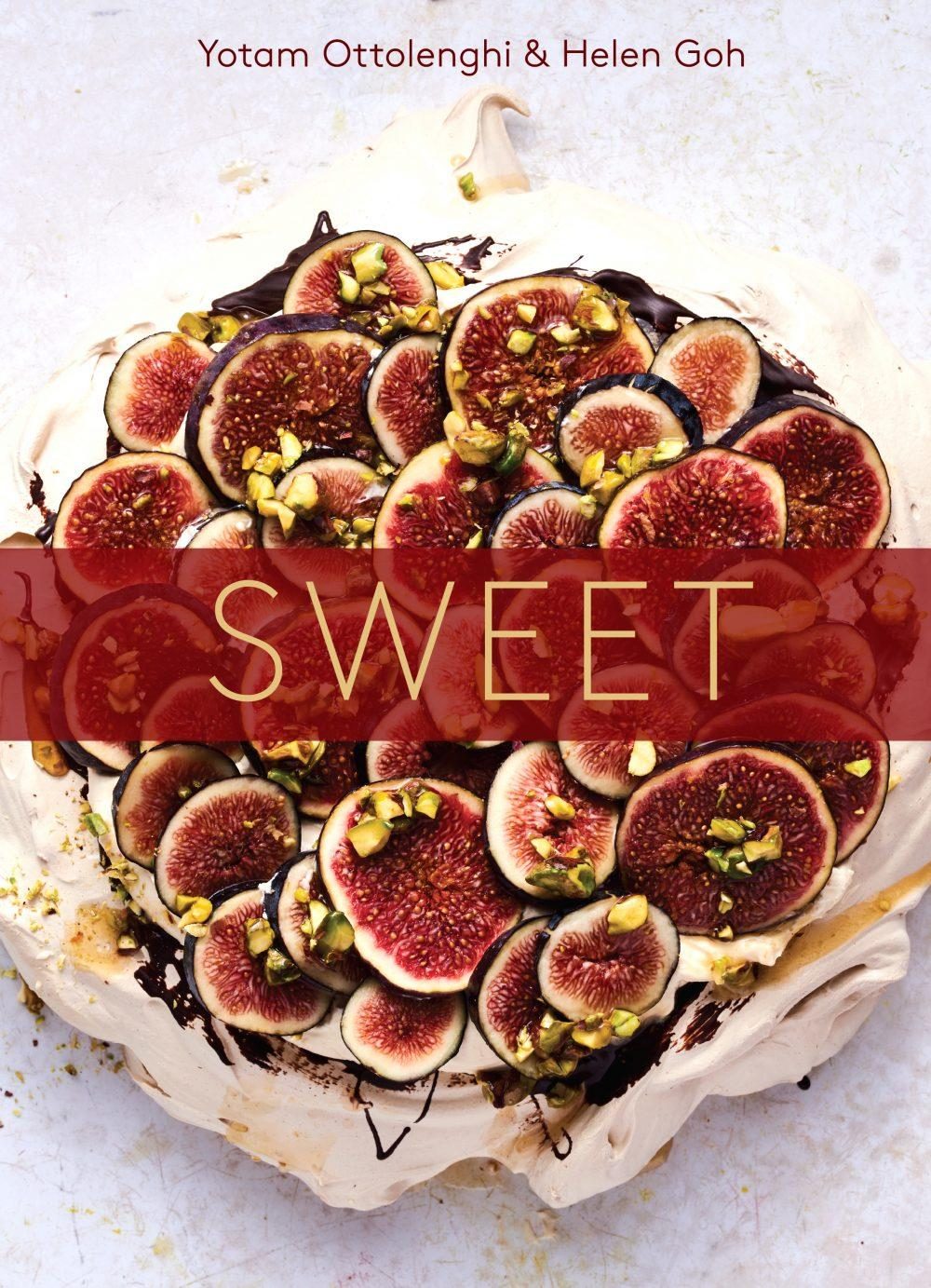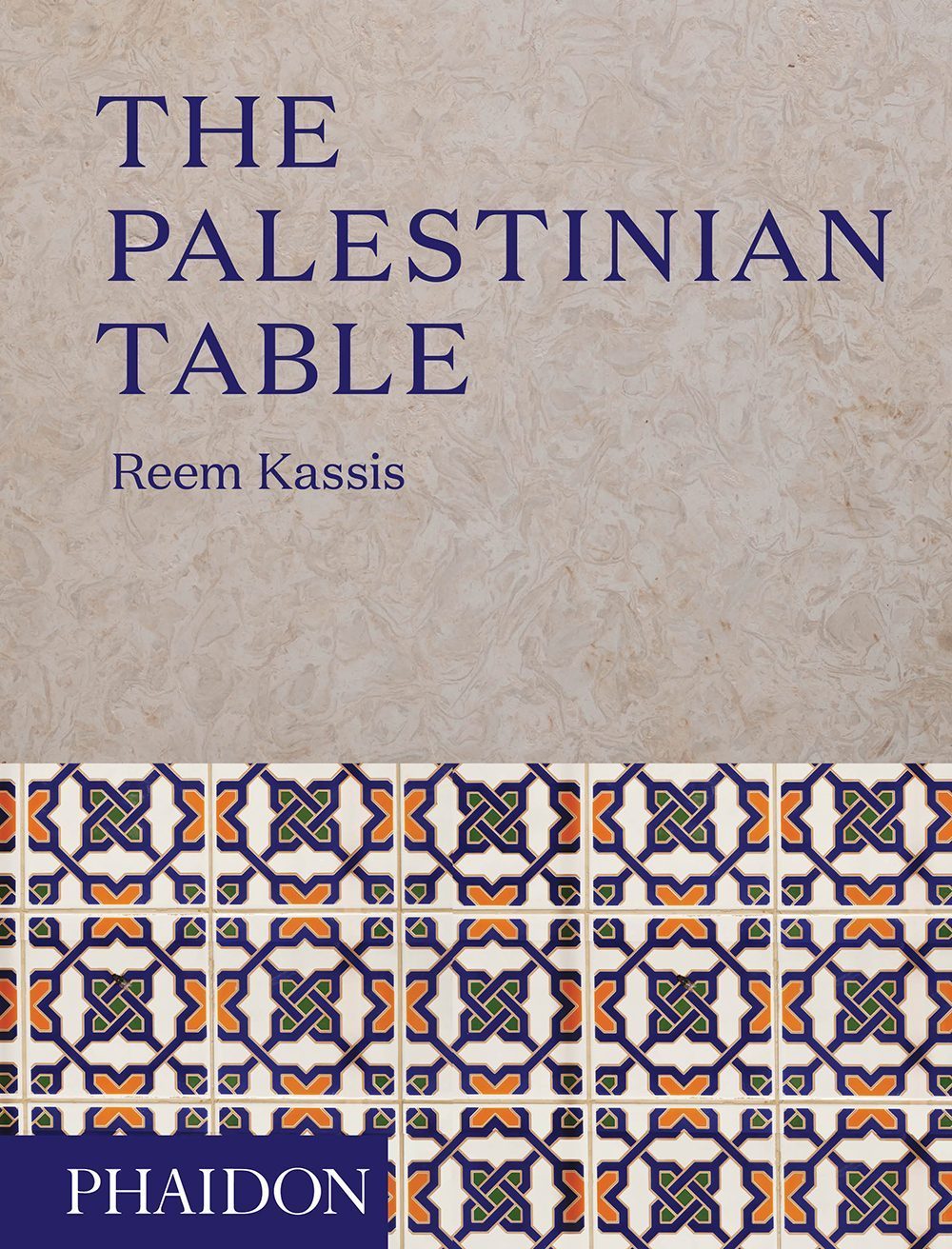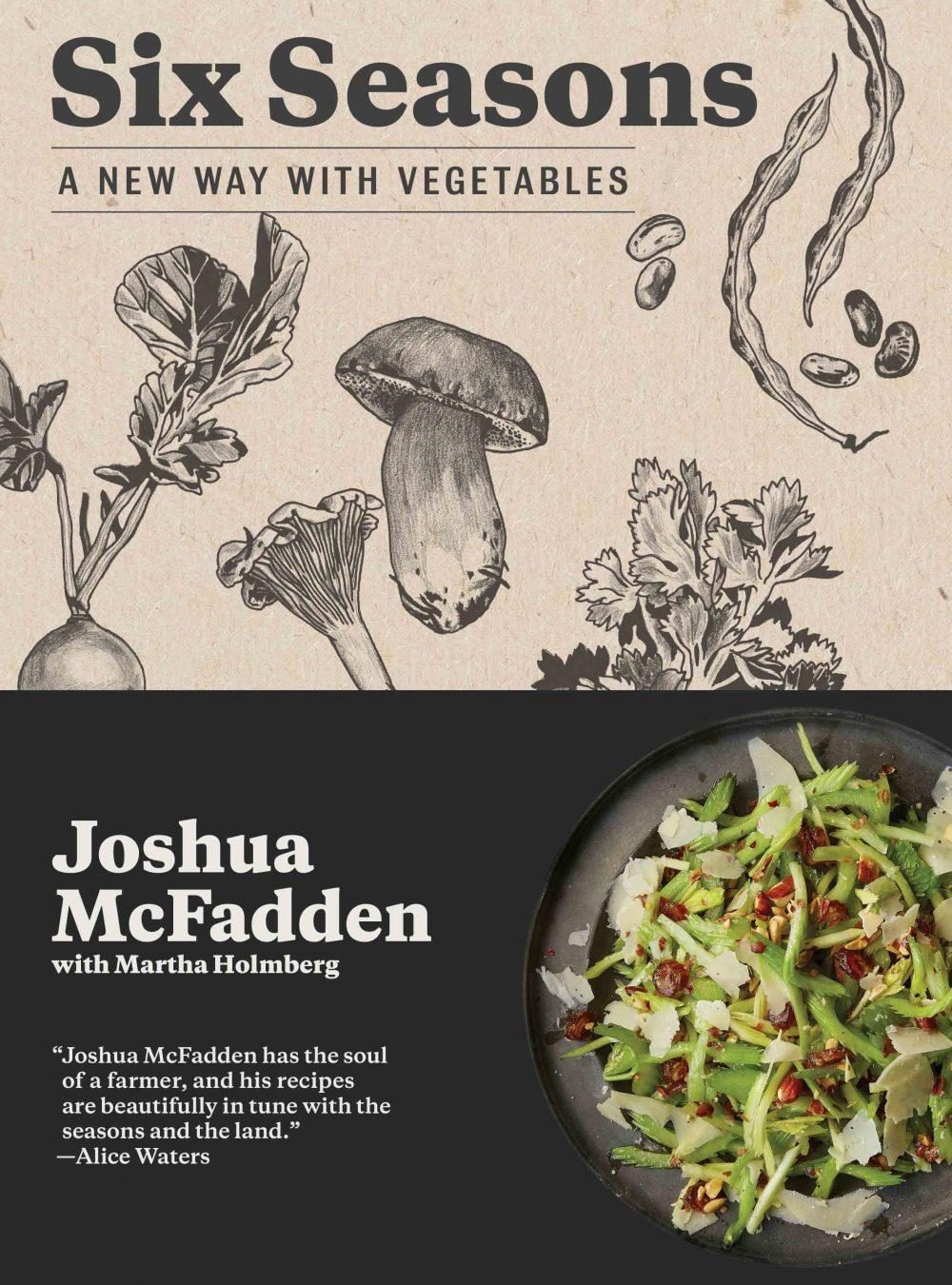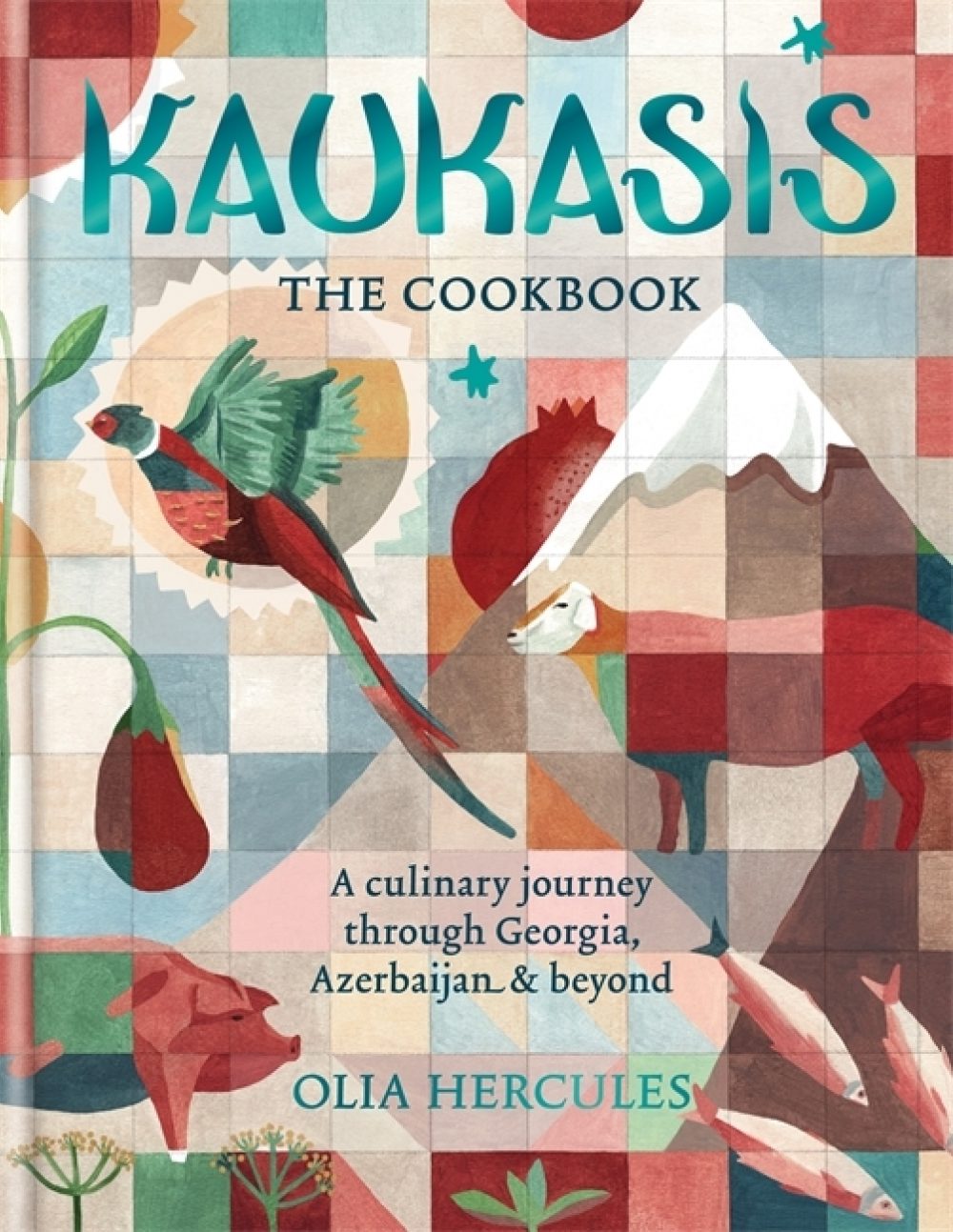
Sweet: Desserts from London's Ottlolenghi
by Yotam Ottolenghi and Helen Goh
Yotam Ottolenghi has changed the face of home cooking with his books. His foundation has been the cooking of the Middle East, but also takes inspiration from cuisines around the world to create a new vernacular, one built on contrast, surprise and color. In Sweet, he applies the same formula but starts with the desserts of Northern Europe, the origins of which go back to the royal courts and exercises in flamboyant excess. Buttercream, cheesecakes, financiers, fruitcakes, tartlets, pavlova, spongecake, roulades, puddings, brownies and the like mix it up with tahini, halva, star anise, parsnips, coconut, rose water, pecans and figs, all displayed in bright colors. Treacle pudding gets a sage leaf topping; a sour cream cake partners with beets and ginger. His co-author, Helen Goh, comes from Australia and throws into the mix favorites including a reworked New Zealand Louise cake and anzac biscuits made with honey, oats and raisins. Like everything Ottolenghi, he delivers an energetic element of surprise—in flavors, stripes and concept—to give us something old, something new.
In generations past, the Levant was a busy place. People moved from Syria to Palestine and throughout the eastern Mediterranean mixing culture and their food. Reem Kassis reminded me of that history when she told me about her family and food as reflected in The Palestinian Table. You can see multiple cultural influences throughout. Born in Jerusalem where she lived as a Palestinian until she was 17, Kassis has not forgotten the charm of her native menu. Neither a history lesson nor an exercise in anthropological preservation; it’s the simplicity of the cooking that appeals. It would be like visiting Palestine and understanding every word on the street without an interpreter. Fried eggs with sumac and za’atar. Milk pudding. Lentil garlic and pasta soup. Tomato, garlic and sumac salad. Rice stuffed chicken. Reem Kassis makes you feel as if she lives around the corner and you hope she invites you for dinner. If you don’t get a call, however, you can just buy her book.

The Palestinian Table
by Reem Kassis

Six Seasons: A New Way with Vegetables
by Joshua McFadden
Joshua McFadden was stolen away from Dan Barber’s Blue Hill restaurant in 2008 by Eliot Coleman and Barbara Damroch of Four Season Farm fame in Maine. Mcfadden went on to work at the American Academy in Rome, an Alice Waters project, and today is chef/owner of Ava Gene's in Portland, Oregon. His book, Six Seasons, divides the year into six, not four, parts—spring, early summer, midsummer, late summer, fall and winter. Since the days of Moosewood when vegetables were apt to be drowned in cream or smothered in cheese, McFadden has taken the high road, but is not afraid to thrown in meat (ham, prosciutto, lamb) where and when he likes as a flavoring, not as the main focus. Spaghetti with Swiss chard, pine nuts, raisins and chili; roasted mushrooms; Israeli-spiced tomatoes with yogurt sauce and chickpeas; roasted fennel with apples; raw artichoke salad; plus simple crostadas, ragus and salsa verdes. These are all familiar notes, but with an honest simplicity. This is a cookbook you will cook out of.
The term “kaukasis” comes from the Scythians (who perfected mounted warfare around 500 B.C.) and it means “snowy mountain top.” Olia Hercules uses the term to refer to modern day Georgia, Azarbaikan and Armenia. There is an almost shocking authenticity to this book in the faces of the people—the photography offers a pride and stillness that is touching and powerful—who, like their food, are open-faced and welcoming, but deeply rooted in the soil. There is not one trendy or modern note here. This seems to be one place in the world where supper is dug out of the ground, handled with immense skill and respect, then delivered to the plate, the rich flavors of the earth intact. In short, I love this book. And, if you are a bit jaded about talk of the new home cooking (yes, I know, that is Milk Street’s tagline), Hercules gives you the old home cooking, the stuff that makes the term locavore sound like something invented in hipster Brooklyn. Tkemali is a plum paste made with dried mint, dill, coriander and fenugreek. Mint adjika is a mix of mint, chiles, garlic and salt. The local ratatouille is called adjapsandali. How about a tomato and raspberry salad? The list goes on: stuffed meat dumplings; tarragon pie; baked chicken with tamarind or plum paste; fish with cauliflower sauce; buckwheat ice cream. Many recipes are beyond the pale for the American home cook (one recipe notes that a really skilled cook can make dumplings so small that a dozen of them will fit on one tablespoon), but plenty are not. The “kaukasis” may be a harsh land, but the food is fresh, authentic and welcoming.

Kaukasis: A Culinary Journey through Georgia, Azerbaijan & Beyond
by Olia Hercules



